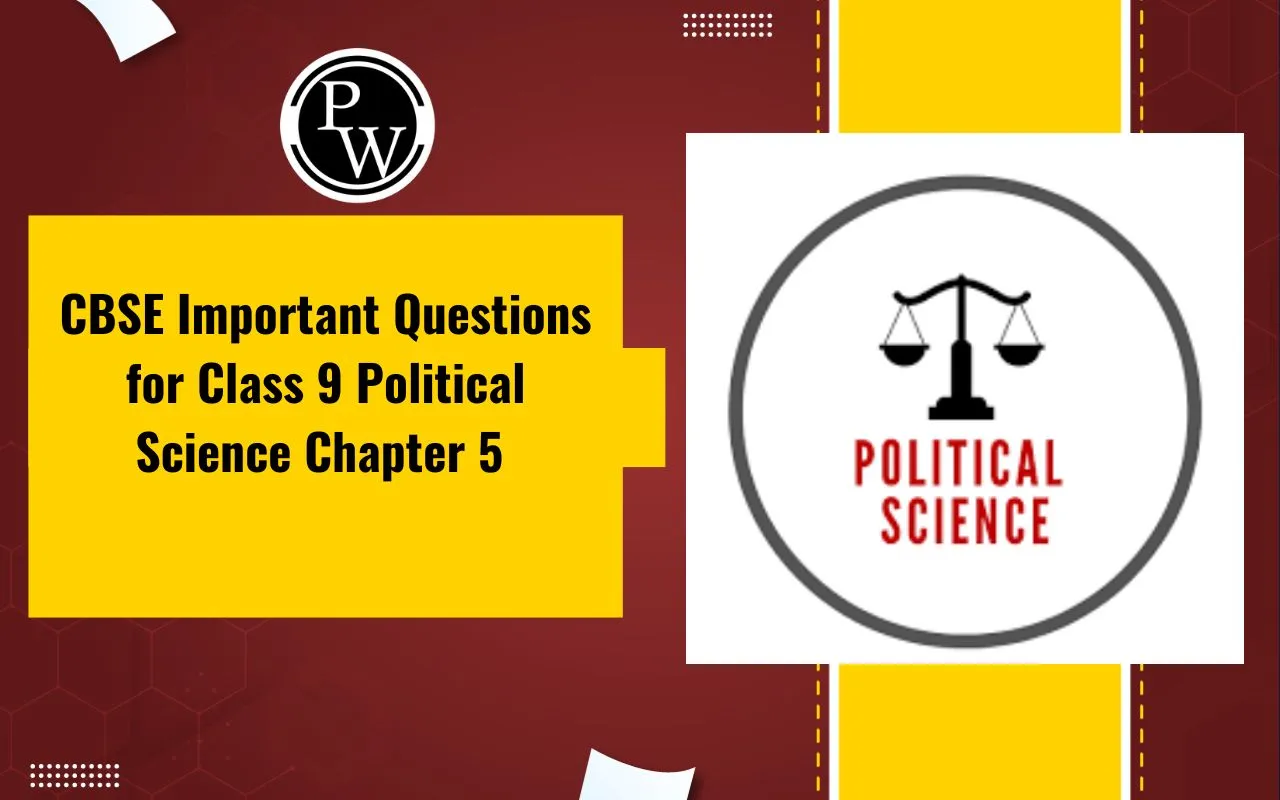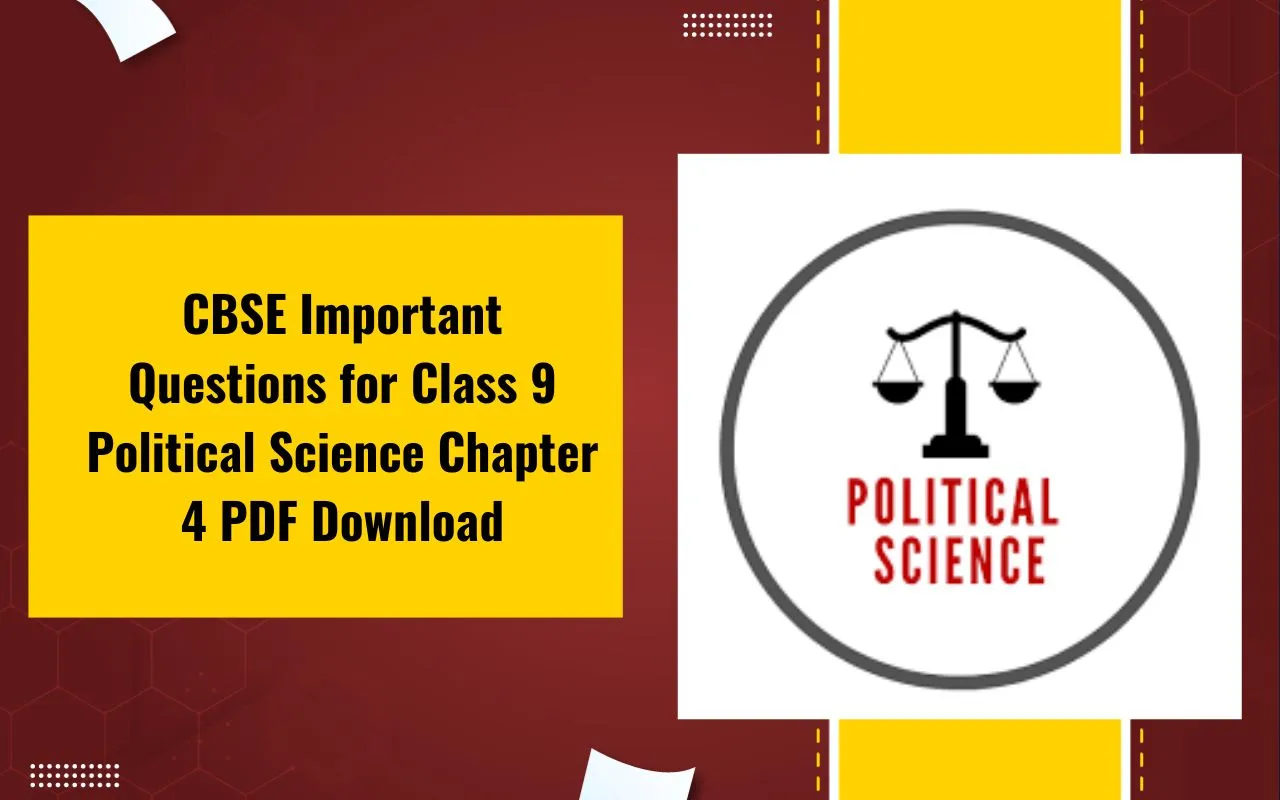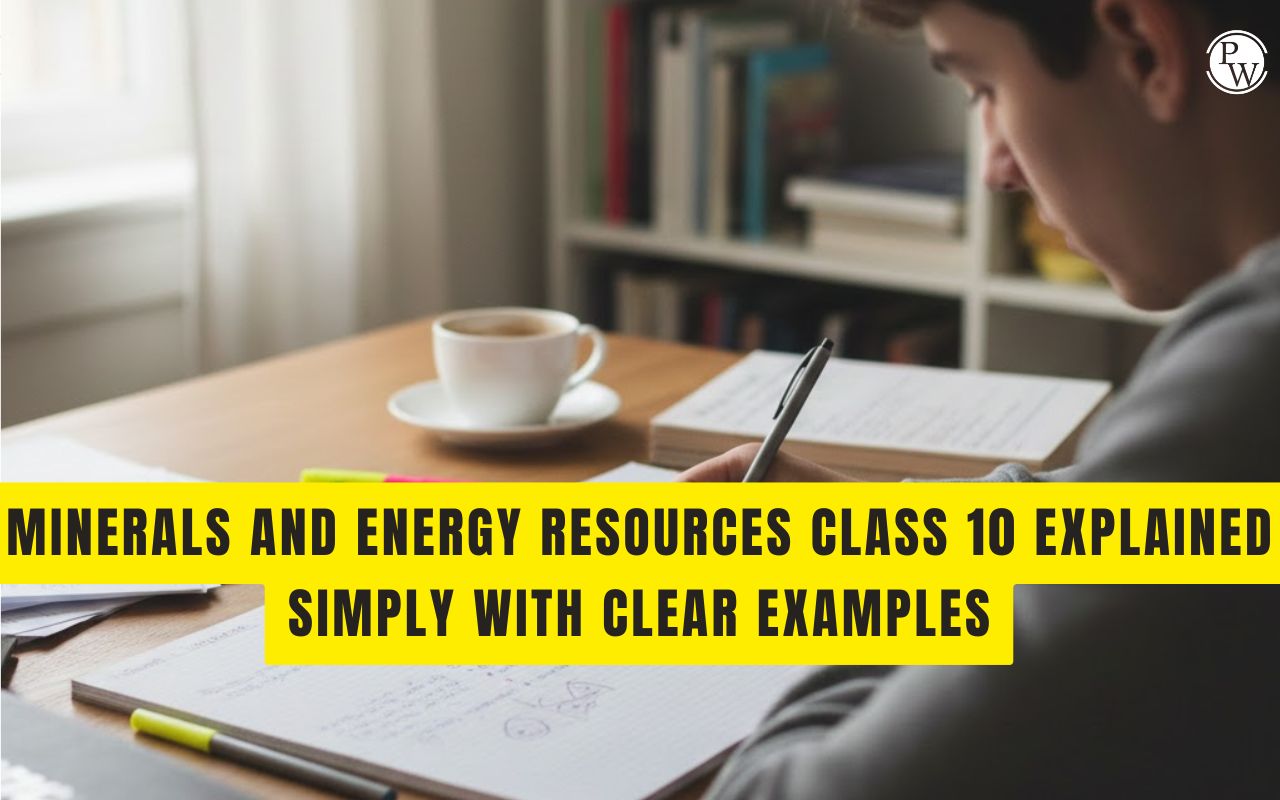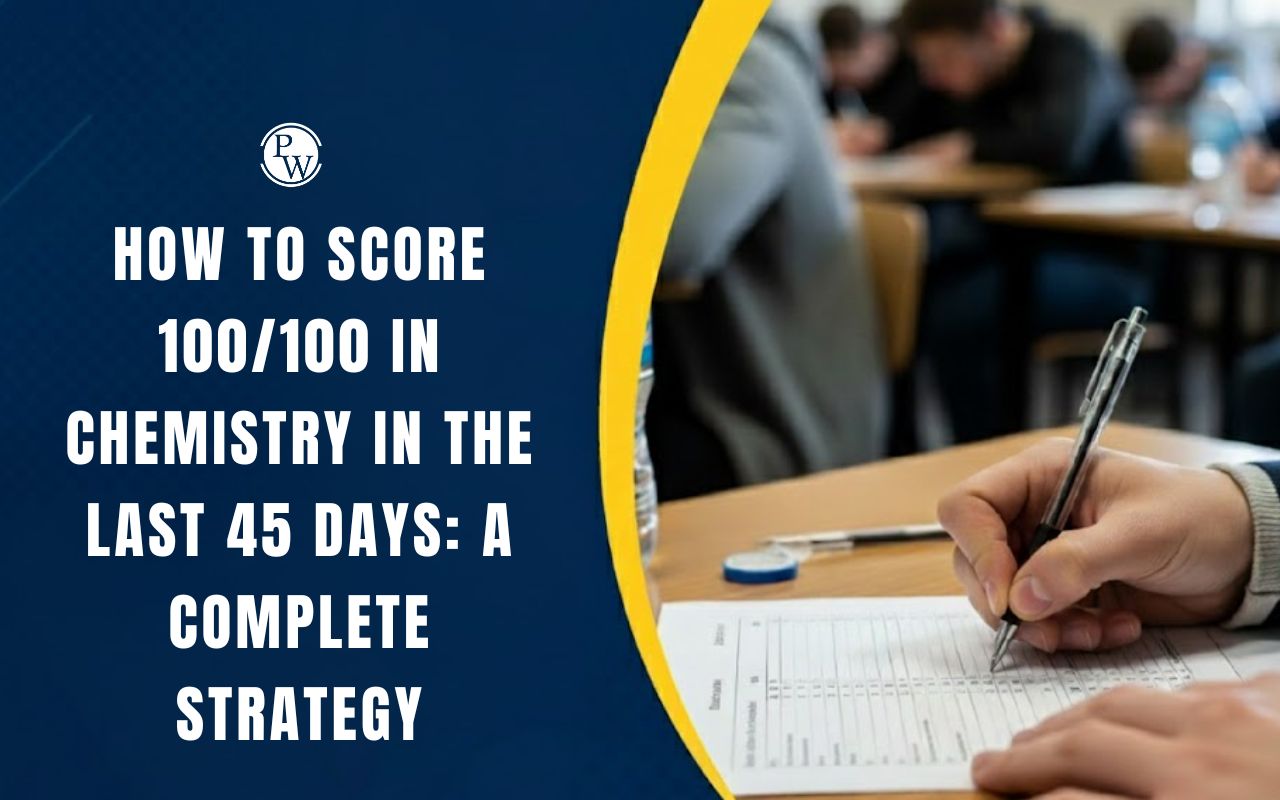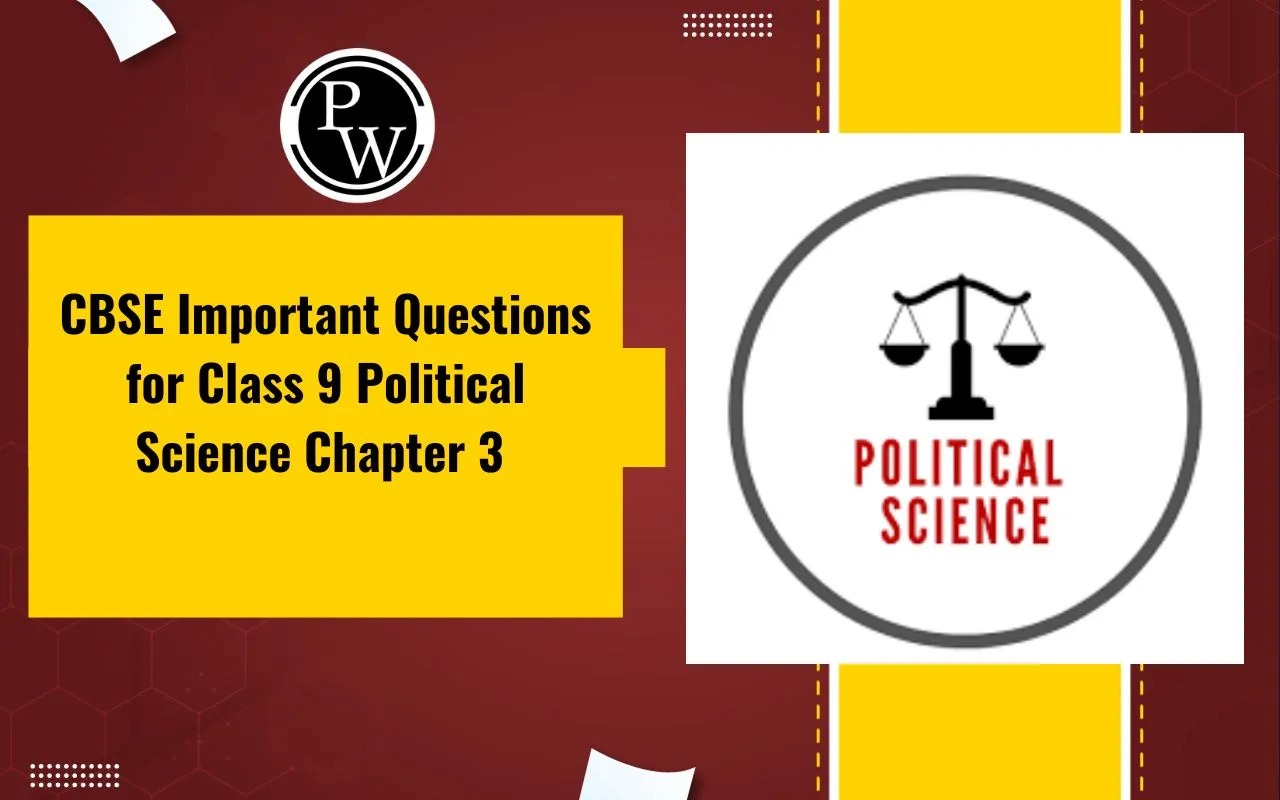
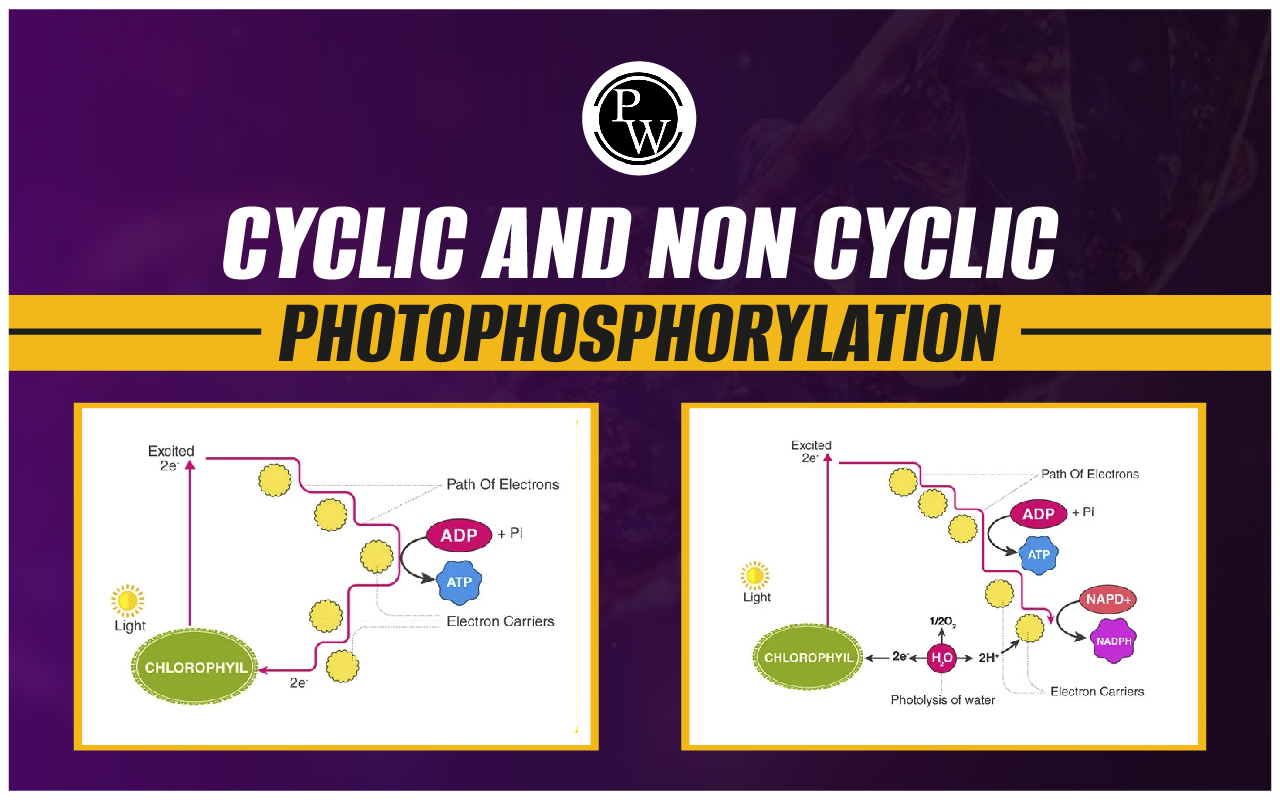
You've found the proper article if you were looking for information about Cyclic and Non-Cyclic Photophosphorylation .
We'll discuss the mechanism of cyclic and noncyclic photophosphorylation in this article. We will also talk about the points of difference between cyclic and noncyclic photophosphorylation. To get started, we'll take a quick look into light reactions and dark reactions. After that, we will explain each phase of both cyclic and noncyclic photophosphorylation. The purpose of this page is to provide the reader with a concise overview of cyclic and noncyclic photophosphorylation and any other relevant information. If you are unable to read the full essay, at the very least read the introduction and the important topics.Introduction
Cyclic photophosphorylation and non-cyclic photophosphorylation are the two distinct kinds of photosynthesis that may take place in plants. The process of converting light energy into chemical energy in a cyclic fashion so that only ATP is produced is referred to as cyclic photophosphorylation (adenosine triphosphate). This activity takes place in the thylakoid membrane, and its primary purpose is not the creation of sugars but rather the generation of ATP for the plant's own metabolic requirements. The term "non-cyclic photophosphorylation" refers to a process in which light energy is turned into chemical energy in a manner that is not cyclic. This process results in the production of both ATP and NADPH (nicotinamide adenine dinucleotide phosphate). This process is carried out in the thylakoid membrane, and it is principally responsible for the generation of sugars as well as the fixation of carbon.Photosynthesis
Through a process known as photosynthesis, plants, algae, and certain types of bacteria are able to transform the energy from light into a form of chemical energy known as glucose (a type of sugar). In addition, oxygen is produced as a byproduct of this process. Following is the chemical reaction that takes place:6CO2+ 6H2O + Light Energy C6H12O6+ 6O2
During the process of photosynthesis, chlorophyll and other pigments found in the chloroplasts of plant cells absorb light energy. This energy is then utilized to transform carbon dioxide and water into glucose. The process of photosynthesis results in the production of oxygen, which is then expelled from the leaves of the plant through microscopic pores known as stomata.Cellular Respiration Aerobic Anaerobic
Light Reaction
During the light reaction stage of photosynthesis, light energy is transformed into the chemical energy needed for further photosynthesis. This process takes place in the thylakoid membranes of chloroplasts and includes the transfer of electrons from water to NADP+ and it leads to the production of NADPH, which is a source of energy for the next stage of photosynthesis. In addition, the light response causes a proton gradient to be created across the thylakoid membrane. This proton gradient is what drives the creation of ATP (adenosine triphosphate) through a process known as photophosphorylation. This ATP supplies the energy that is needed for the Calvin cycle, which is the subsequent step of photosynthesis and involves the conversion of carbon dioxide into glucose.Dark Reaction
The dark reaction, also referred to as the Calvin cycle, is a step of photosynthesis that is responsible for the conversion of carbon dioxide into glucose and other sugars. There is no need for light for this process since it takes place in the stroma of chloroplasts. The production of ATP and NADPH in the light reaction supplies the reaction with the energy it needs to proceed. The dark response is essential to the development and survival of the plant because it supplies the plant with the energy and building blocks that it needs to flourish. The glucose that is created as a byproduct of the dark process is either utilized as a source of energy or saved for later use.Photophosphorylation
The process of harnessing the light energy that is produced during photosynthesis to convert ADP to ATP is referred to as photophosphorylation. In the presence of light, this is the process of transferring a phosphate group from an ADP molecule to an ATP molecule, which results in the production of energy-dense ATP molecules. Cyclic photophosphorylation and non-cyclic photophosphorylation are the two categories of photophosphorylation.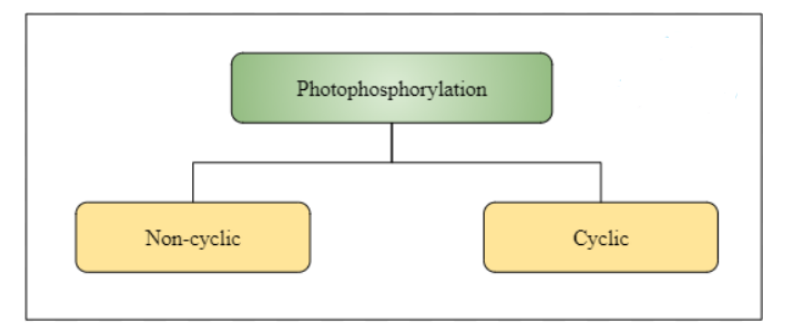
Cyclic Photophosphorylation
During the process of photosynthesis, the chloroplasts of plants engage in a process called cyclic photophosphorylation, which is a kind of ATP production. A succession of electron transport chains are involved in the process, which takes place in the thylakoid membranes of chloroplasts and includes the transmission of electrons. This results in the creation of a proton gradient across the thylakoid membrane, which is the driving force behind the generation of ATP. During the process of cyclic photophosphorylation, plant cells only convert ADP into ATP for the purpose of obtaining immediate energy for the cells. Typically, this action takes place in the thylakoid membrane, and it makes use of Photosystem I and chlorophyll P700 . Electrons are moved back to P700 from the electron acceptor rather than being moved into NADP. As a result of this process, the transfer of electrons from an acceptor to P700 leads to the production of ATP molecules.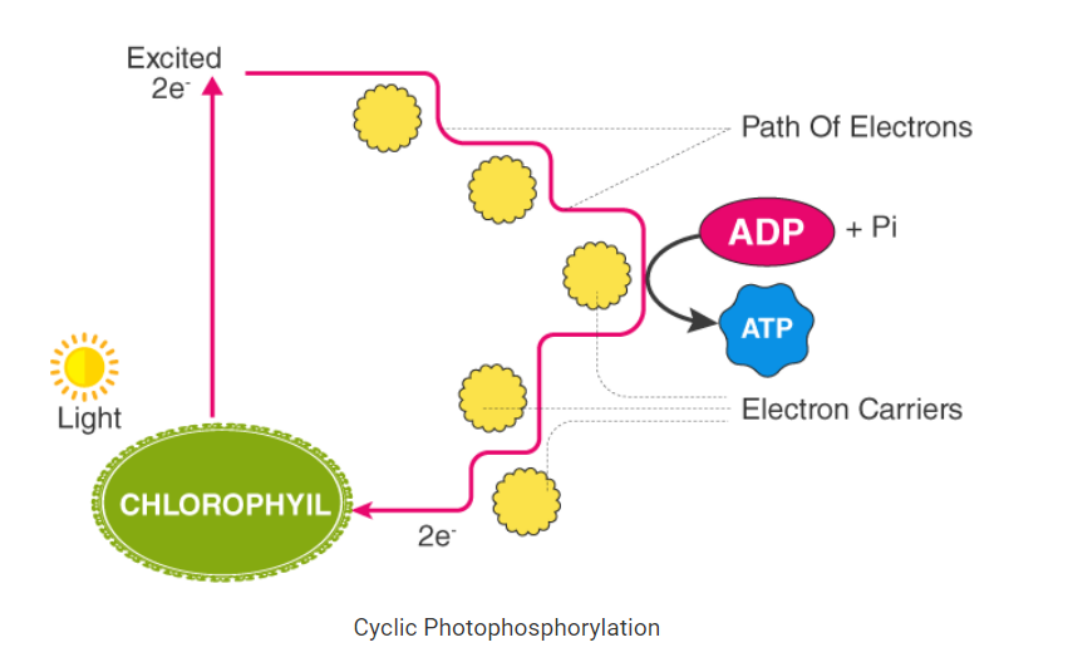
Photosystem I is hit by the Light
At the beginning of the cyclic photophosphorylation process, a PS I molecule is hit by a photon, which is a particle that contains a quantum of light energy. The energy is being sucked up by the accessory pigments in the PS I.P700 reaction center gets energy PS I accessory pigments
Through the process of absorbing energy, the electron at the P700 reaction center's most outermost position can be stimulated to a higher energy level. There is now an absence of one electron in the P700 reaction center.Ferredoxin (Fd) molecule receives an electron from P700
At the higher energy level, the electron that is located in the P700 reaction center is unstable. It has a propensity to flee since it wishes to avoid being in an unstable environment. Fd is a minuscule, water-soluble, mobile protein that is present in both the stroma and the thylakoid membrane. This protein has some degree of mobility. The electron that was previously assigned to P700 has been transferred to the Fd molecule.
Difference Between Aids And Hiv
Ferredoxin → Plastoquinone
Ferredoxin, often known as Fd, acts as a transporter of mobile electrons. Electrons go via the stroma on their way from the Fe-S complex to the Plastoquinone.Plastoquinone → Cyt b6f
Plastoquinone (PQ) is a mobile transporter that shuttles around two hydrogen molecules. As a result of the second photon's impact on PS I, an extra electron from the P700 reaction center moves from PS I to PQ with the help of a third Fd. By combining two electrons and two H + ions, PQ creates PQH2 (from the stroma). The Cyt b6f complex is located on the lumen side of the thylakoid membrane, which it reached from the stromal side. Two H + ions are released into the lumen when PQ transmits two electrons to Cyt b6f on the thylakoid membrane.Cyt b6f → Phycocyanin → P700
The phycocyanin is provided with two electrons by the Cyt b6f . As it moves through the lumen, the phycocyanin is responsible for transporting the electron to the P700 reaction center, also known as the RC. In order to compensate for the absence of two electrons in each of the two P700 reaction centers, two electrons are used.Chemiosmosis
Chemiosmosis is a process in which ions move over a selectively permeable membrane in order to go down the electrochemical gradient along which they are moving. Because of the inflow of H + ions that occur when PQ is responsible for electron transport, the concentration of H + ions in the lumen is increased while the concentration of H + ions in the stroma are decreased. These H + ions move more easily through the ATP synthase thanks to enhanced diffusion. Phosphorylation is the mechanism that drives the rotation of ATP synthase, which ultimately results in the formation of ATP. It is referred to as cyclic photophosphorylation because the photophosphorylation in question involves the electrons that are released being reabsorbed by the PS I.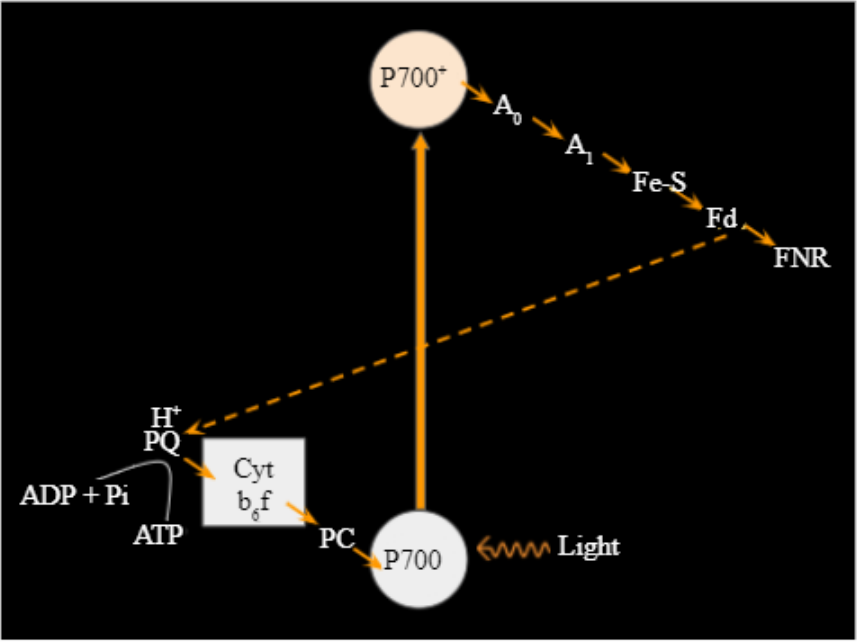
Degradation Improper Use Natural Resources
Non-Cyclic Photophosphorylation
Non-cyclic photophosphorylation is a type of photophosphorylation that synthesizes ATP molecules by making use of the energy that is derived from excited electrons that is supplied by photosystem II. This type of photophosphorylation results in the movement of electrons in a non-cyclic way. Because the electrons that were lost by P680 of Photosystem II are taken by P700 of Photosystem I and are not restored to P680 , this process is known as non-cyclic photophosphorylation. In this case, the flow of electrons takes place in a manner that is either unidirectional or non-cyclic, but not both. During the process of non-cyclic photophosphorylation, the electrons that are produced by P700 are eventually transferred to NADP after being transported by the primary acceptor. In this step, NADP is converted into NADPH2 as a result of electrons combining with protons to form hydrogen ions ( H + ), which are formed when water molecules break apart.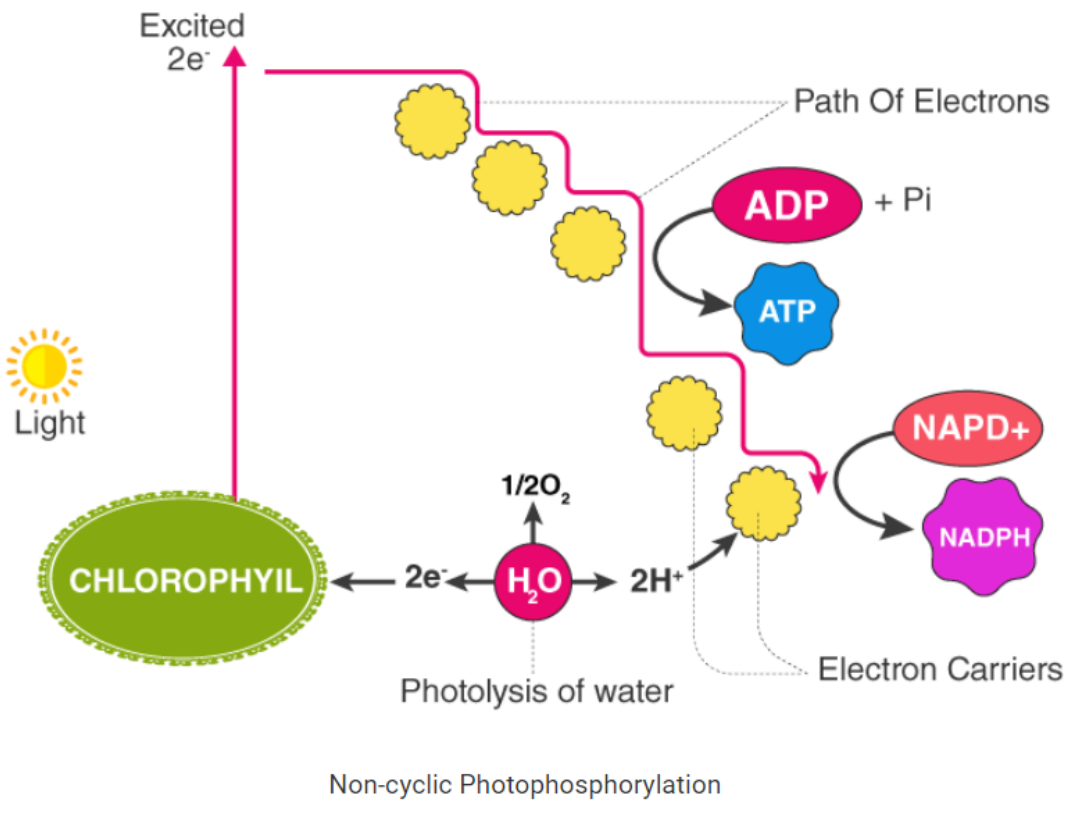
Cyclic Vs Non-Cyclic Photophosphorylation
The differences between the Cyclic Photophosphorylation and Acyclic Photophosphorylation are summarized as follows:| Cyclic Photophosphorylation | Non-Cyclic Photophosphorylation |
| Synthesis of ATP is accomplished through a periodic flow of electrons to and from P700 . | The production of ATP is accomplished by the unidirectional transfer of electrons to electron donors. |
| Absence of oxygen. | Presence of oxygen. |
| Electrons travel in a cyclic manner. | Electrons travel in a non-cyclic manner. |
| P700 is the center of activity for the reaction. | P690 is the center of activity for the reaction. |
| Only the Photosystem I is relevant here. | Both Photosystem I and Photosystem II are relevant here. |
| P700 is the ultimate electron acceptor. | NAD P + is the ultimate acceptor of electrons. |
| ATP molecules are created. | Molecules of NADPH and ATP both are created during this process. |
| There is no necessity for water. | Photolysis of water is involved. |
| There is no production of oxygen as a by-product. | Oxygen is produced as a by-product. |
Cyclic And Non-Cyclic Photophosphorylation FAQs
What are the two types of photophosphorylation?
There are two distinct kinds of photophosphorylation, which are referred to as cyclic photophosphorylation and non-cyclic photophosphorylation respectively.
Where does cyclic photophosphorylation occur in plants?
Cyclic photophosphorylation occurs in the thylakoid membranes of chloroplasts in plants. The pigments used in photosynthesis and the electron transport chain are both housed within the thylakoid membranes, both of which are essential components of the process of photophosphorylation.
How does the electron transport chain contribute to non-cyclic photophosphorylation?
During the process of non-cyclic photophosphorylation, the electron transport chain is an essential component in the production of ATP, the basic form of energy currency that is utilized by cells. In photosynthetic organisms, the thylakoid membranes of chloroplasts are the sites where this activity takes place.
What are the similarities between cyclic and non-cyclic photophosphorylation?
The photosynthetic mechanisms known as cyclic and noncyclic photophosphorylation are both dependent on the presence of light. Both cyclic and noncyclic photophosphorylation are parts of the electron transport chain that are responsible for phosphorylation (the addition of a phosphate group) or ATP production.
How many ATP molecules are created during the process of cyclic photophosphorylation?
The process of cyclic photophosphorylation results in the production of two molecules of ATP.
How does light intensity affect photophosphorylation?
The intensity of light has a direct influence on photophosphorylation. The quantity of photons that are absorbed by the chloroplasts is directly proportional to the amount of ATP that is created by photophosphorylation. At low light intensity, the rate of photophosphorylation is slow and there would be less energy to create a substantial proton gradient across the thylakoid membrane and the rate of ATP generation will decrease. Very high light intensity leads to photo-inhibition (a process where chloroplasts become damaged by the light energy) and the rate of photophosphorylation will decrease.
🔥 Trending Blogs
Talk to a counsellorHave doubts? Our support team will be happy to assist you!

Free Learning Resources
PW Books
Notes (Class 10-12)
PW Study Materials
Notes (Class 6-9)
Ncert Solutions
Govt Exams
Class 6th to 12th Online Courses
Govt Job Exams Courses
UPSC Coaching
Defence Exam Coaching
Gate Exam Coaching
Other Exams
Know about Physics Wallah
Physics Wallah is an Indian edtech platform that provides accessible & comprehensive learning experiences to students from Class 6th to postgraduate level. We also provide extensive NCERT solutions, sample paper, NEET, JEE Mains, BITSAT previous year papers & more such resources to students. Physics Wallah also caters to over 3.5 million registered students and over 78 lakh+ Youtube subscribers with 4.8 rating on its app.
We Stand Out because
We provide students with intensive courses with India’s qualified & experienced faculties & mentors. PW strives to make the learning experience comprehensive and accessible for students of all sections of society. We believe in empowering every single student who couldn't dream of a good career in engineering and medical field earlier.
Our Key Focus Areas
Physics Wallah's main focus is to make the learning experience as economical as possible for all students. With our affordable courses like Lakshya, Udaan and Arjuna and many others, we have been able to provide a platform for lakhs of aspirants. From providing Chemistry, Maths, Physics formula to giving e-books of eminent authors like RD Sharma, RS Aggarwal and Lakhmir Singh, PW focuses on every single student's need for preparation.
What Makes Us Different
Physics Wallah strives to develop a comprehensive pedagogical structure for students, where they get a state-of-the-art learning experience with study material and resources. Apart from catering students preparing for JEE Mains and NEET, PW also provides study material for each state board like Uttar Pradesh, Bihar, and others
Copyright © 2025 Physicswallah Limited All rights reserved.
Get App




